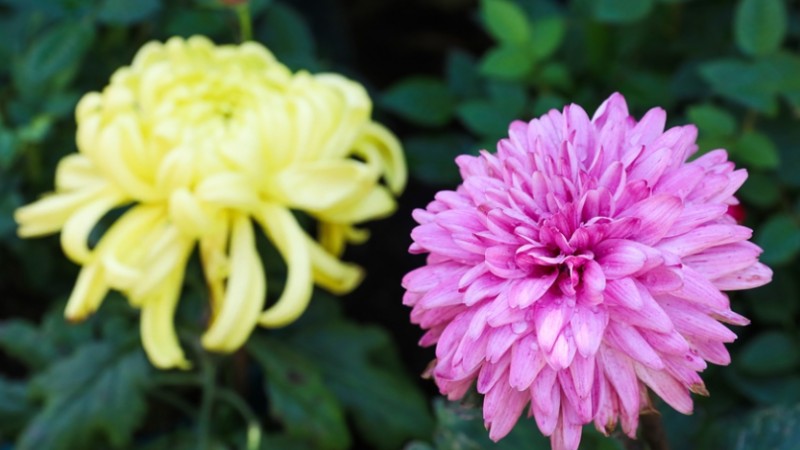Former pastoral village in Xinjiang emerges as tourism hotspot
URUMQI, Nov. 9 (Xinhua) -- In a village in northwest China, vibrant murals adorn the houses, depicting scenes of a girl in a traditional Mongolian costume embracing a lamb, a herder guiding a dark-brown camel and numerous sheep grazing in the pastures or curiously observing passers-by.
These murals in the Bogdal Village of Wenquan County in the Mongolian Autonomous Prefecture of Bortala, Xinjiang Uygur Autonomous Region, provide a glimpse into the bygone everyday life of this former pastoral village. Along the main road of the village, old items such as ox carts, have also been placed as decorative elements.
A tourist surnamed Jia, who was on her maiden trip to Bogdal, said she was impressed by the unique cultural atmosphere of the village. "Wandering here takes me back to my childhood," said Jia who hails from the city of Tacheng in Xinjiang. "The old objects, such as the ox carts, were used by our family when I was a child."
Jia is not the only one captivated by the village's charm. Even in late autumn, when the temperature in Bogdal occasionally dips below zero degrees Celsius, tourists can be seen taking selfies, posing for group photos and lining up to taste local specialties.
Zhu Shengjuan, owner of an agritainment courtyard in Bogdal, was bustling about, along with her employees, as they readied lunch for groups of tourists. Sitting in Mongolian-style or Kazak-style yurts, visitors can savor the delicacies of various ethnic groups, such as grilled mutton kebabs and the traditional mutton pilaf, a staple dish that blends steamed rice, mutton, carrot, onion and sometimes dry fruits.
"I hope that more tourists from outside Xinjiang can come to our village to experience the local culture and enjoy delicious food," Zhu said.
Thanks to the supportive policies rolled out by the local governments, in recent years, Bogdal, with its unique natural environment, has explored the integrated mode that combines industry, culture and tourism, harnessing its tourism resources.
The village has transformed its idle houses into characteristic homestays and established cooperatives, among other efforts, while creating job opportunities for the locals.
Local governments have also made efforts to upgrade the village's infrastructure and improve its services. Bogdal has not only constructed facilities such as a rural library and an archery experience field but has also launched educational tours and sightseeing services for tourists.
Owing to these efforts, Bogdal has evolved from a lesser-known pastoral destination into a thriving rural tourism hub. Villagers can now earn income from various tourism-related sectors, including accommodation and catering, right at their doorstep.
Imaneli Doledar, who used to work as a chef in the regional capital Urumqi, returned to the village in 2014 to start his own business. In the same year, he converted his courtyard into several homestays, providing accommodations for tourists while also offering local dishes. He also helped other villagers learn culinary skills.
This year, the village received over 5,000 tourist visits a day during peak times. In 2022, the per capita net income of villagers surpassed 20,000 yuan (about 2,787 U.S. dollars).
"We will continue to cultivate new forms of tourism so that more people can know about the culture of Bogdal," said Aygul Jumata, Party chief of the village. "Through tourism development, villagers can not only work at their doorstep but also see their incomes increase and live a good life."
Photos
Related Stories
Copyright © 2023 People's Daily Online. All Rights Reserved.









